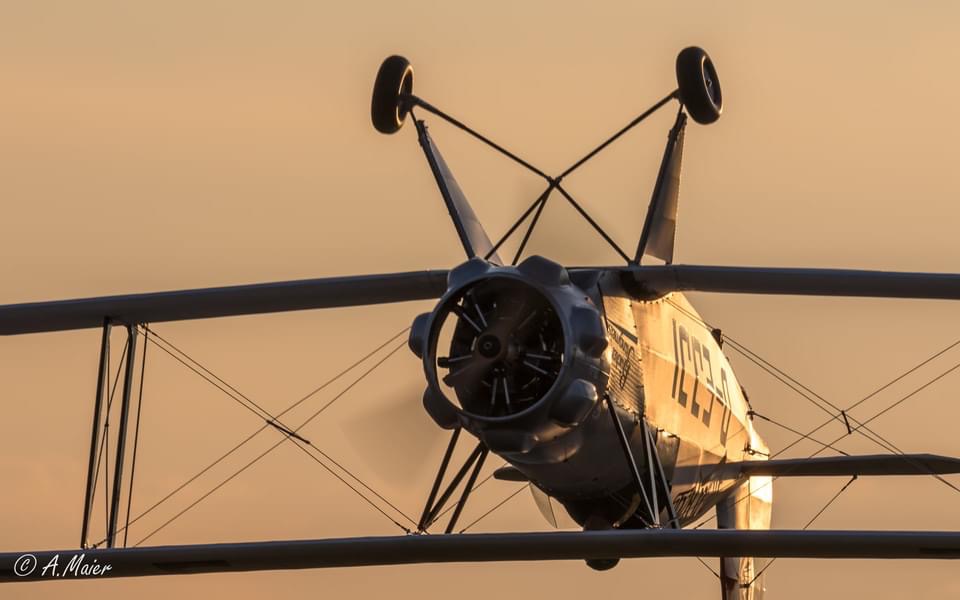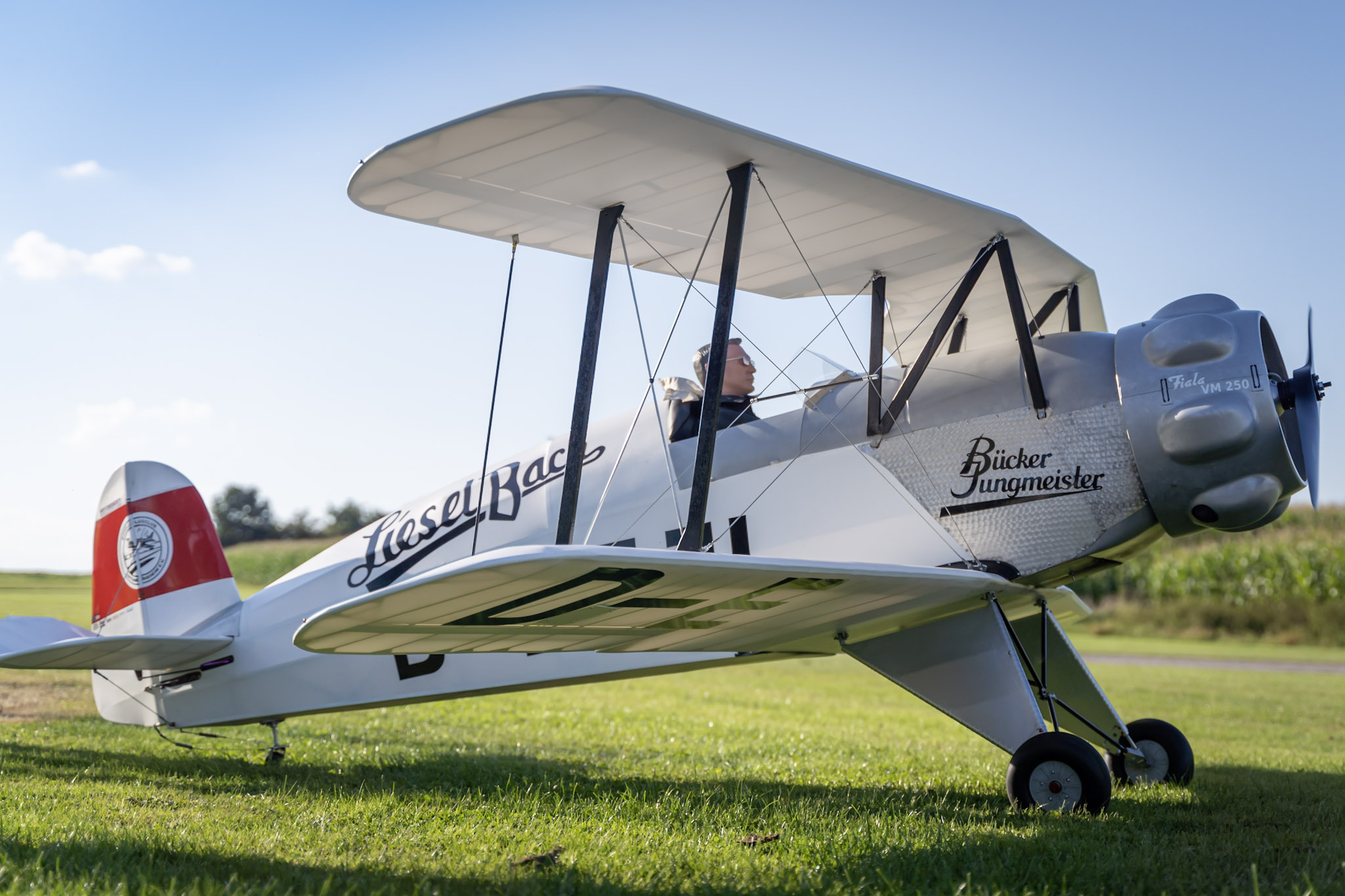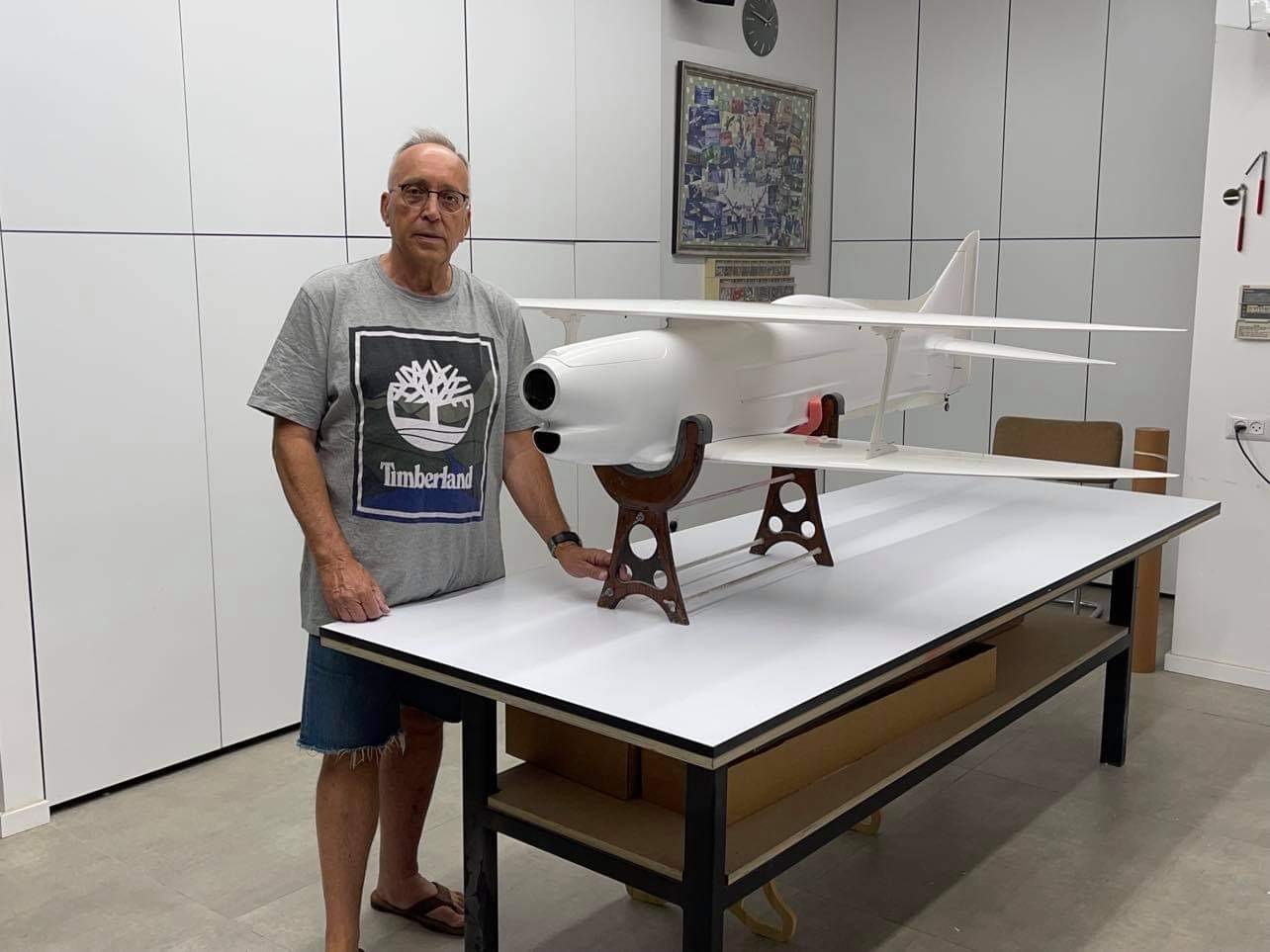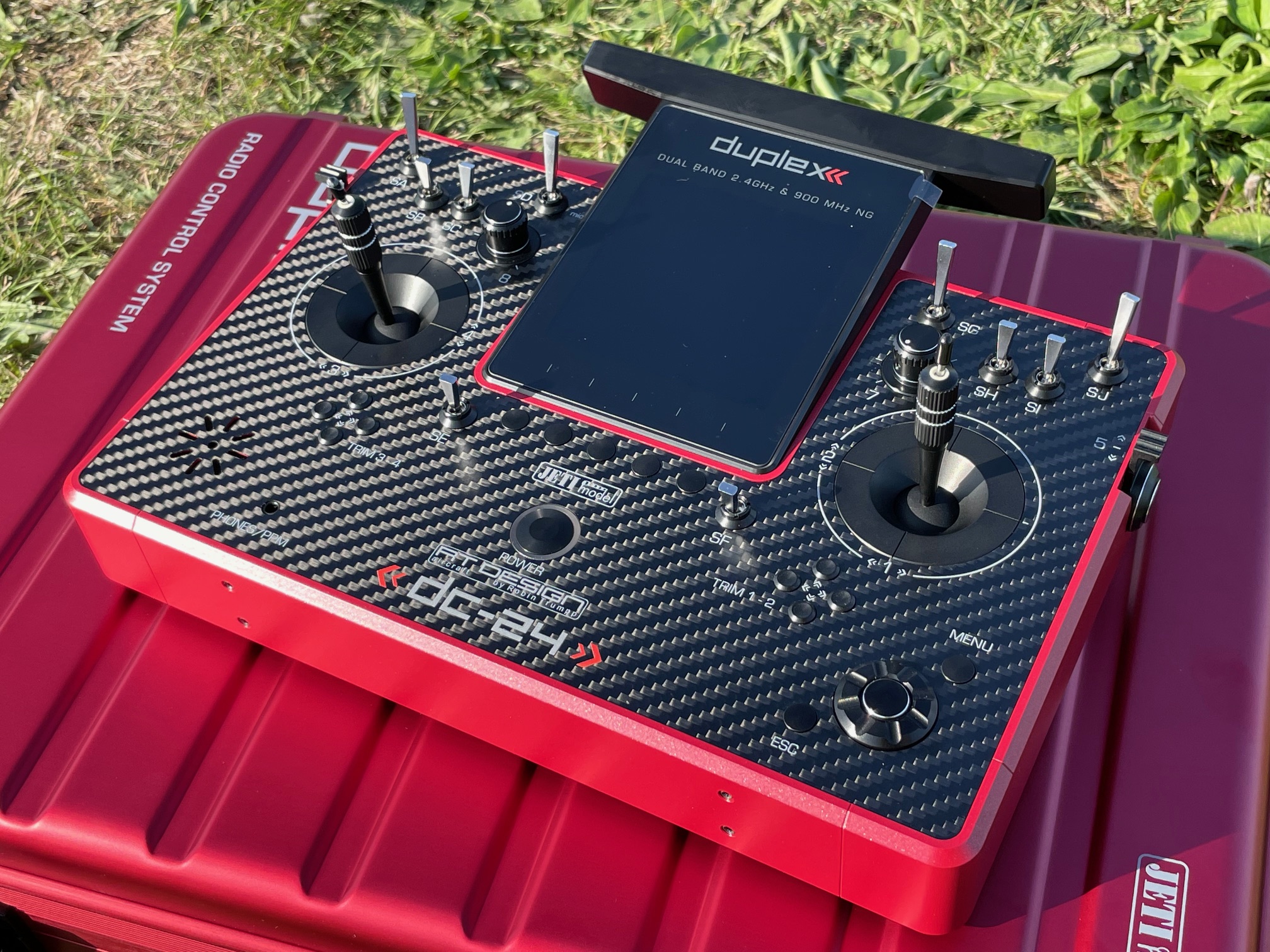
Since the 30th anniversary of JETI in Benesov, CZ in September 2023, I have been the proud owner of the new JETI DC-24 Generation II. I have flown the transmitter for over half a year now and played with it a lot. I would now like to share my experience here and justify it accordingly.
What I particularly like is that it´s not a completely reinvented new transmitter, it is mainly based on the proved and successful JETI DC-24 with the addendum of a few new cool features. The design has remained simple and has only changed slightly due to the larger screen. To make the switch from “old to new DC-24” as easy as possible, JETI has chosen the dimensions of the new transmitter similar to DC-24 I so the transmitter fits in the old tray of DC-24/16/14.
The most noticeable innovation is the larger and, above all, super bright display, which can still be read perfectly even in direct sunlight. However, the transmitter’s battery life also suffers from the super bright display, which is noticeably shorter than that of the DC-24 Gen. I. Club colleagues and friends who have also switched to the DC-24II have one point to complain which is the shortened battery running time before need to recharge. Now you must charge again after roughly half of the battery running time of the old DC-24.
The icons and the design of the menu navigation have also changed slightly, making everything a little more logical and clearer. The individual receivers are shown at the top left corner of the screen, and it is shown whether and which receivers are connected.
Some software news are in progress and currently not available. The transmitter can already do this and will be available with a subsequent software update.
A helpful new feature is the ability to connect the transmitter to a smartphone. Another person has the real-time telemetry data from the flight on their cell phone and can check and monitor all values directly.
Modern wireless headphones can now also be paired with the transmitter. A great solution to give the pilot and the caller each one headphone when practicing aero musical sequences. Or simply listen to the Vario comfortably on the slope.
In addition to all the technical news, the new, red anodized aluminum transmitter case is a real eye-catcher. Although it is only a transport case for the transmitter, it is still a proof that style and design play an important role at JETI model. As beautiful as the case is, the inscription (JETI, duplex…) will probably not last forever and it remains to be seen how quickly the beautiful suitcase will “wear out” during airport and transport use. As an option there is a transmitter case foam insert that neatly centers the transmitter in the transport case.
In my club there are now a few DC-24 IIs, all working great and the trend is towards more DC-24IIs or the soon coming DS-24II.
Summary of what has changed compared to the DC-24 Generation I:
- USB-C charging port like all common tablets and smartphones
- 900 mHz NG installed
- Larger and brighter display therefore suitable for airfields even in bright sunlight
- Bluetooth and Wi-Fi for future updates and pairing with smartphone or wireless headphones
- iOS/Android APP for visualizing telemetry data on smartphone/tablet
- Visually redesigned symbols for even clearer menu navigation
- Battery runtime has become significantly shorter compared to the DC-24 Gen. 1
- Beautiful red aluminum transport case
INFO: JETI recommends only using the included USB-C charger to charge the transmitter. And, for example, not to use an inexpensive USB-C charger from the set of a cheap electric toy.
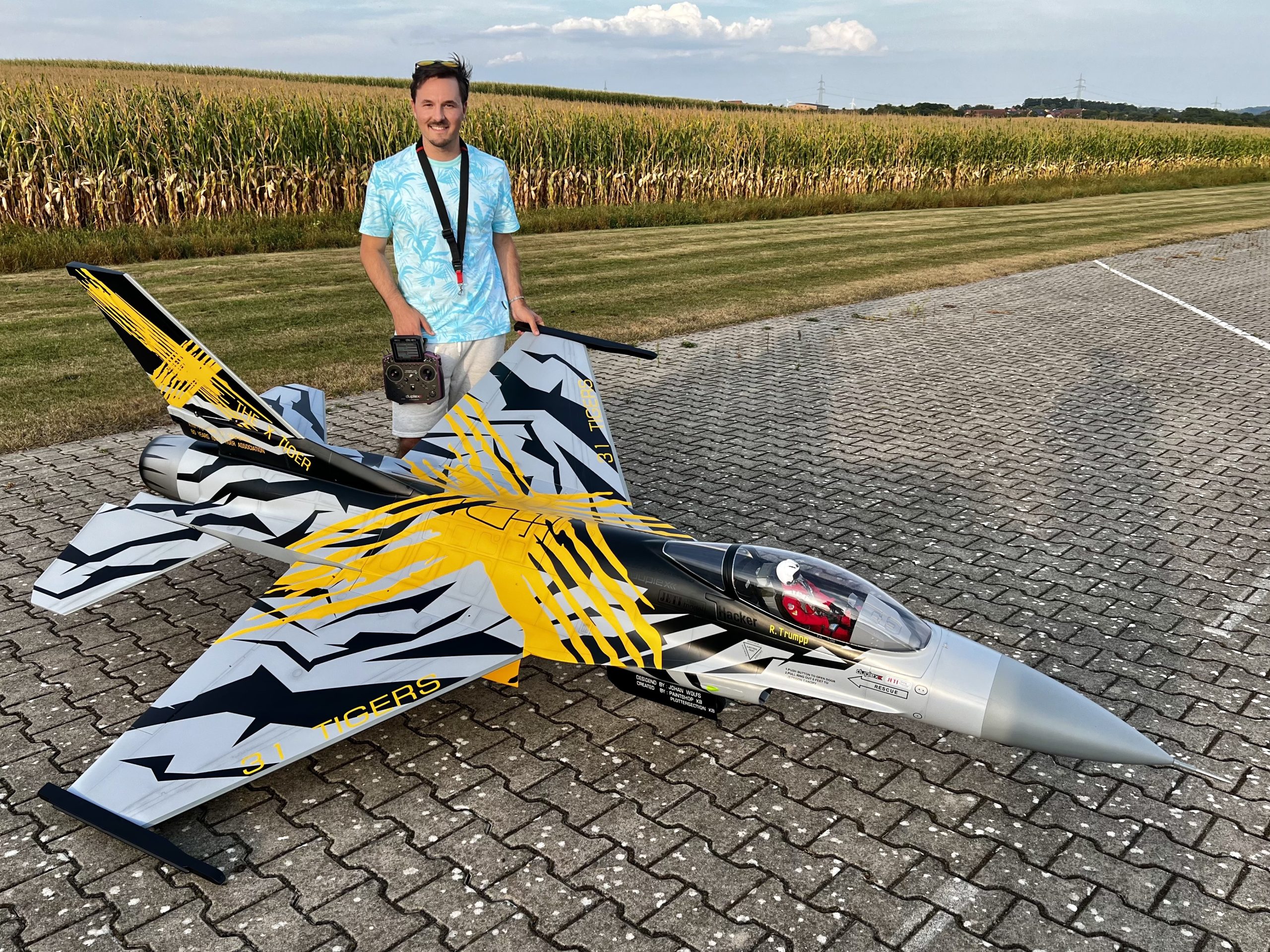


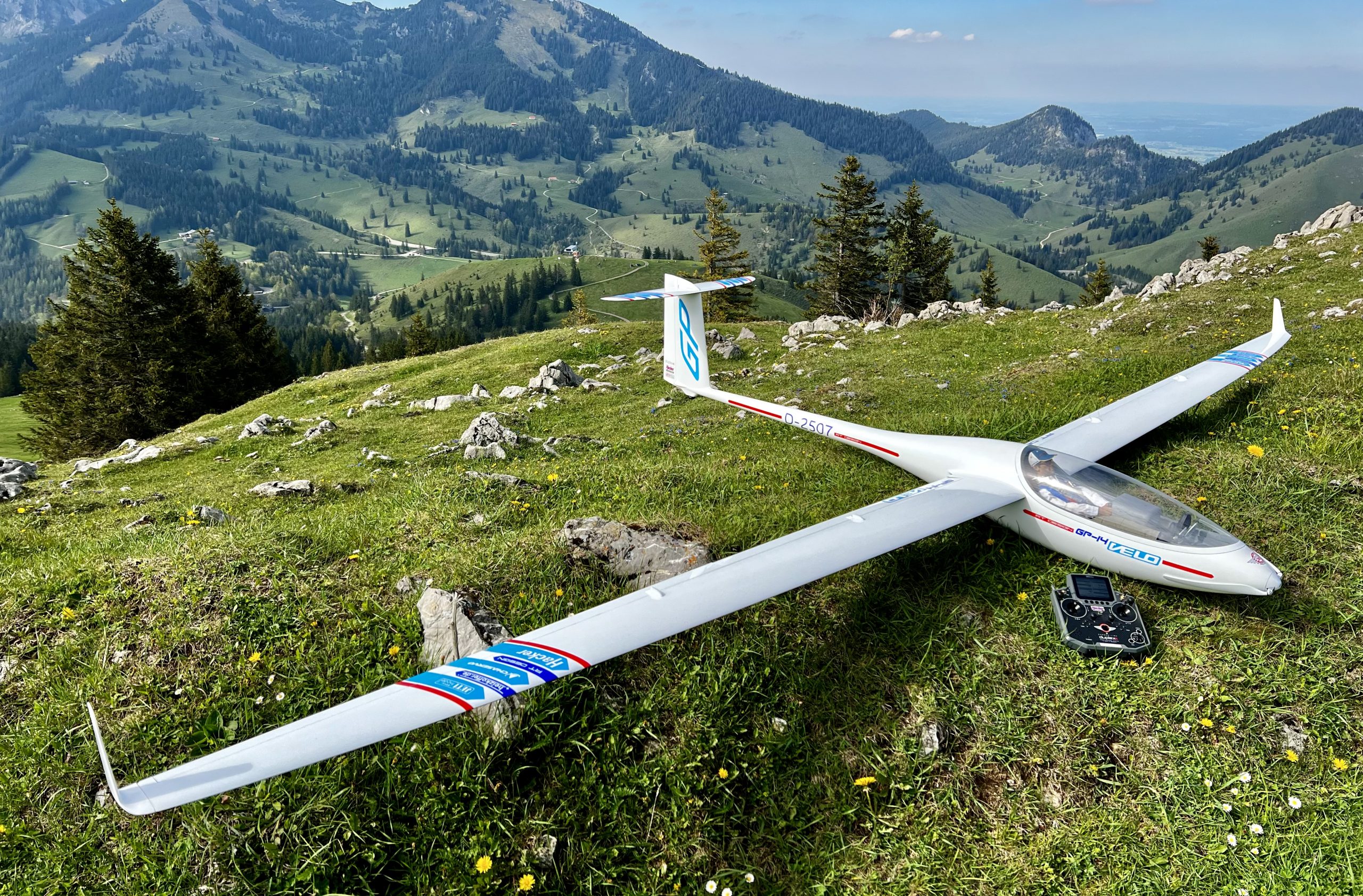
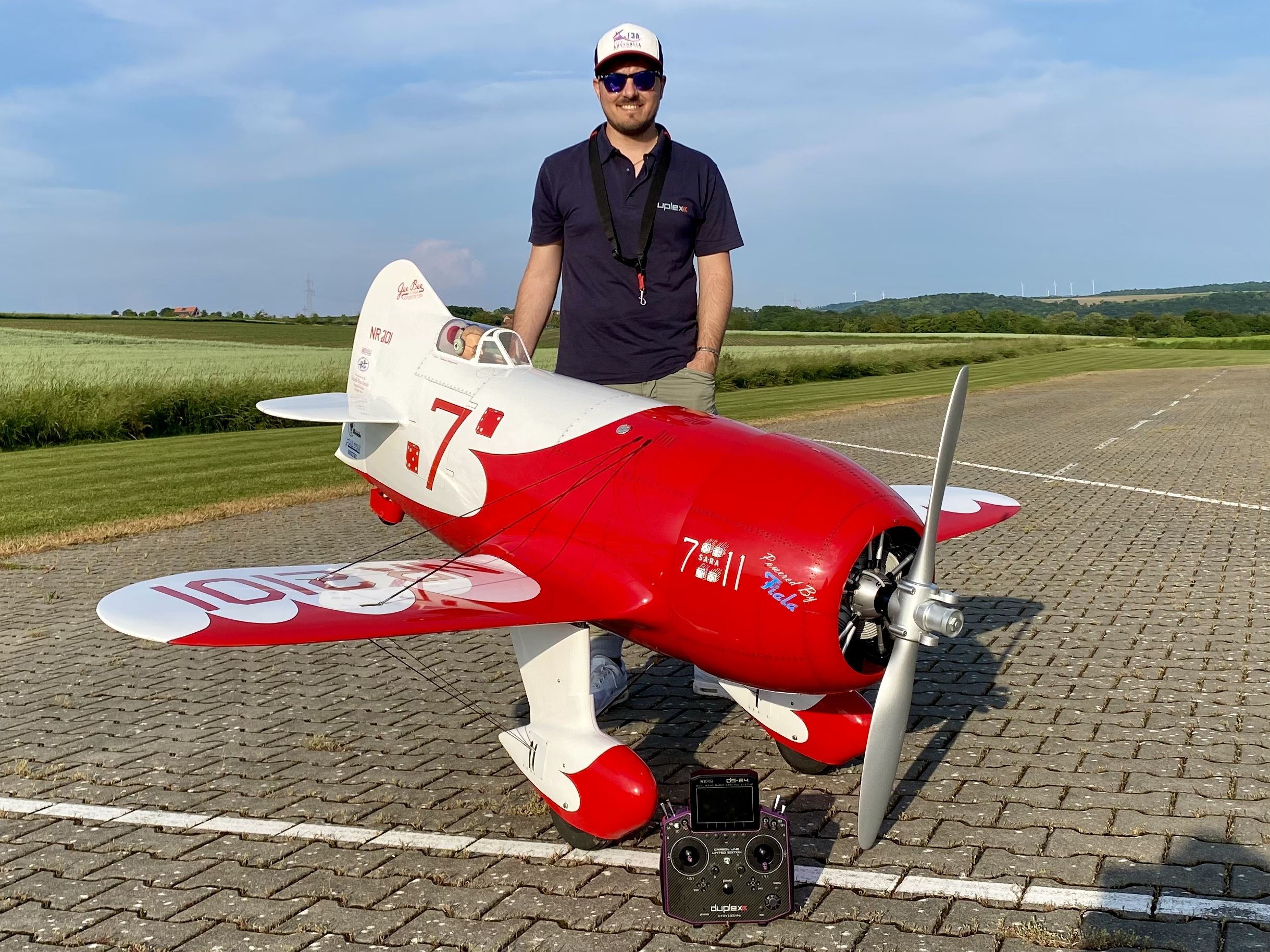 My passion for the GeeBee started at the age of 12 and has not changed since then. For a few years I flew an electric powered GeeBee equipped with a Hacker A200 and 2x 12S 5000mAh but sold it in 2019. Last year I had the chance to get another damaged R2 and decided to restore it and install a Fiala 250ccm 5-cylinder radial engine, the same engine I’ve been using in my Bücker for the past 2 years.
My passion for the GeeBee started at the age of 12 and has not changed since then. For a few years I flew an electric powered GeeBee equipped with a Hacker A200 and 2x 12S 5000mAh but sold it in 2019. Last year I had the chance to get another damaged R2 and decided to restore it and install a Fiala 250ccm 5-cylinder radial engine, the same engine I’ve been using in my Bücker for the past 2 years.
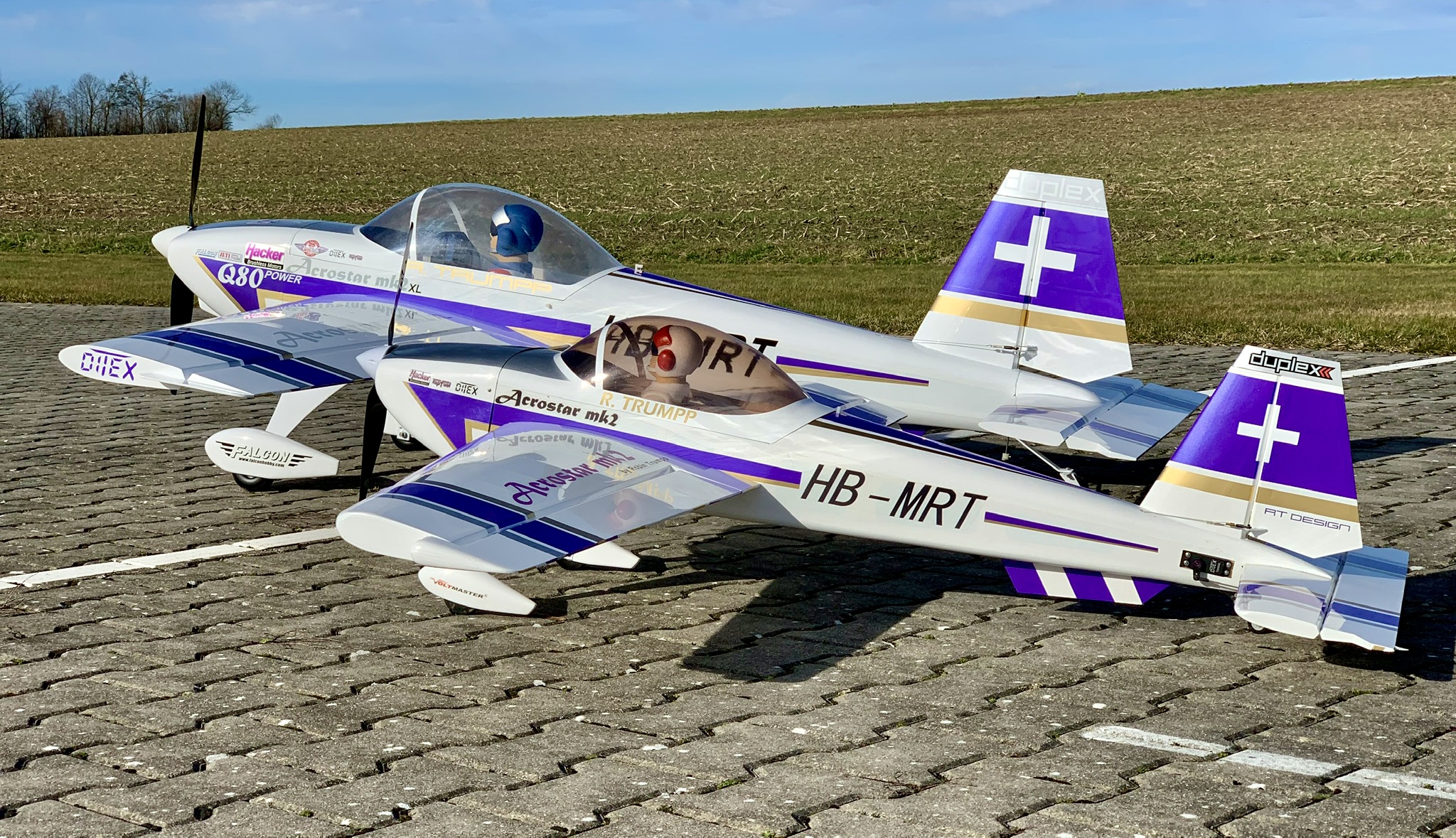
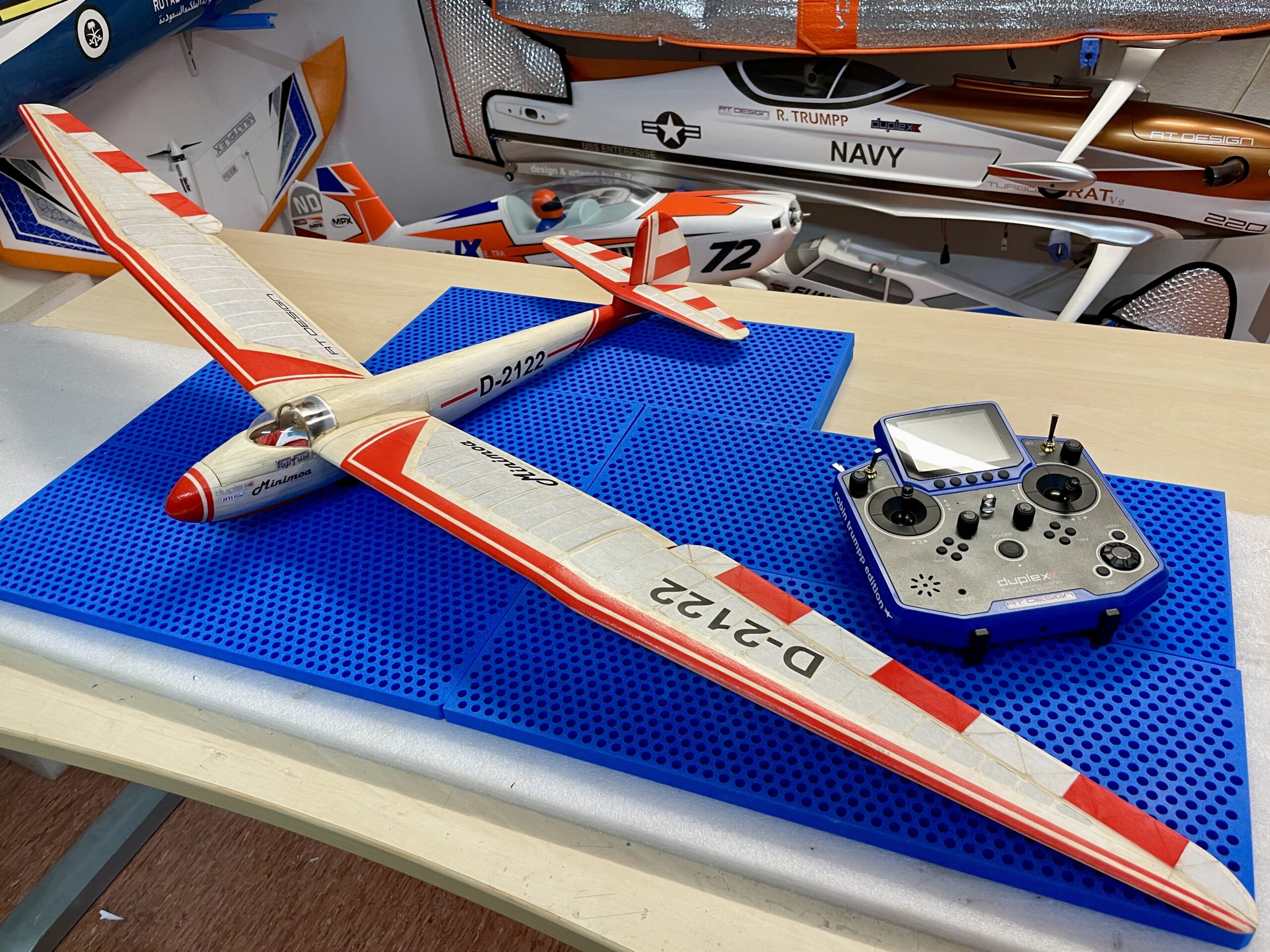 After my stressful 5th semester at studies I had the desire to build something out of Balsa again. At the exhibition in Friedrichshafen I saw the kits of mini vintage gliders from Tony Ray at the Pichler booth. Right after the event I ordered a kit of Minimoa.
After my stressful 5th semester at studies I had the desire to build something out of Balsa again. At the exhibition in Friedrichshafen I saw the kits of mini vintage gliders from Tony Ray at the Pichler booth. Right after the event I ordered a kit of Minimoa.